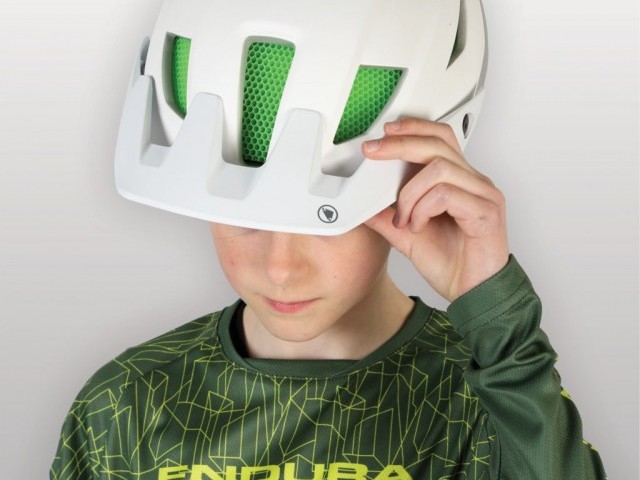Koroyd Helmet Safety Initiative
Head injuries aren’t fun. The Koroyd Helmet Safety Initiative claims to dramatically reduce the chances of a severe head injury – both skull fractures and fatal traumatic brain injuries – to less than 5%.
While the automotive industry has advanced the safety of cars continuously for decades, international bicycle, motorcycle and snow helmet safety standards have hardly changed in the past twenty years. At the same time, the correlated risk of suffering a skull fracture or a fatal traumatic brain injury at the accepted limits in these safety standards is still very high. Koroyd, specialist in energy absorption materials, has launched the Helmet Safety Initiative, an initiative to educate riders on the risks of suffering severe head injuries and a call to manufacturers to build the next generation helmets, with significantly improved energy absorption capabilities.
Helmet safety standards govern the maximum allowed deceleration of the head when it impacts onto a surface. Many of the international standards allow a maximum deceleration at the reference impact velocity between 250 and 300 g, which is associated with risks between 40 and 79% of suffering a skull fracture, based on Prasad/Mertz head injury risk curves used in the automotive industry.
The European motorcycle helmet safety standard uses a more advanced metric called the Head Injury Criterion (HIC), that not only considers the maximum deceleration, but also the time duration of the impact. While the accepted value within the automotive industry ranges from HIC 700 to HIC 1000, a motorcyclist is allowed to be exposed to HIC values up to 2400, which is correlated to a 97% risk of suffering a severe traumatic brain injury and a 77% risk that the impact is fatal, according to the risk curves.
The Prasad/Mertz risk curves have been developed in 1985 and are still the basis of the acceptance criteria for several test standards in many of the New Car Assessment Programs (NCAP) worldwide, like US SaferCar.gov and EuroNCAP, but are not considered for helmet safety standards.
“It just doesn’t make sense. And worst of all, it leads to too many severe head injuries and fatalities.” said Dr. Prasad, member of the National Academy of Engineering, two-time winner of the NHTSA Engineering Excellence Award for Safety and one of the original developers of the risk curves, commenting on the current acceptance criteria in helmet safety standards.
“We believe the industry needs to challenge itself to finally outperform these outdated safety standards. Significantly less deceleration and less energy transferred to the skull and brain can reduce the severity of many future head injuries and save many lives. Using the knowledge on head injury tolerance from the automotive industry will allow manufacturers to confidently build helmets which offer more protection and communicate this to consumers, allowing them to make a more informed purchasing decision.”
– John Lloyd, Managing Director at Koroyd.
Koroyd has already successfully developed bicycle, snow and motorcycle helmet that comply with voluntary lower limits of 183 g maximum deceleration and a maximum HIC value of 1666, reducing the correlated risk of suffering both skull fractures and fatal traumatic brain injuries to less than 5%, when impacted with the reference impact conditions.
Koroyd invites riders to share their stories and thoughts on the current safety standards on helmetsafetyinitiative.com. The website also provides more background information on the initiative.


